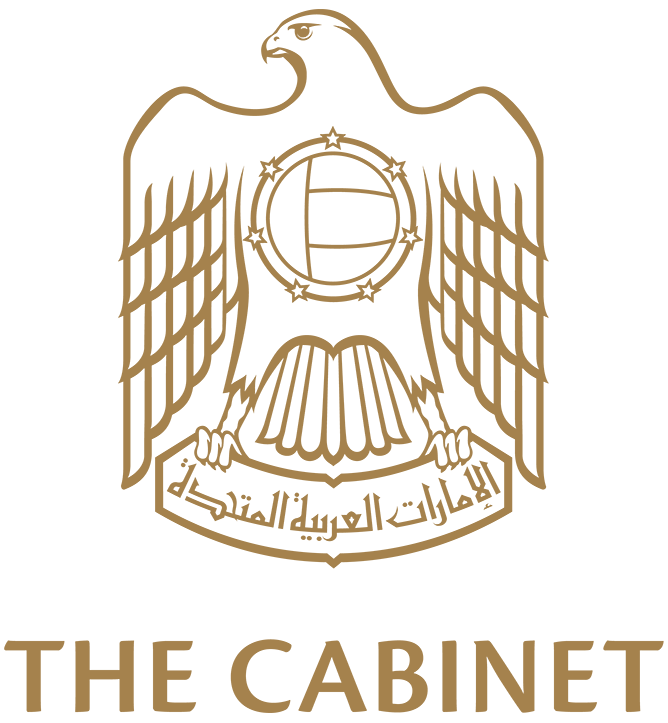Public Policy Document
Introduction
In 2023, the Ministry of Climate Change and Environment issued the "National Framework for Sustainable Development." This framework includes all approved national strategies, policies, and agendas that guide environmental work in the UAE, enhancing the quality of life and maintaining a sustainable environment that supports long-term economic growth. The framework focuses on preserving the UAE’s biodiversity and sustainability of its resources and ecological services. Additionally, it integrates environmental protection considerations and climate action objectives into all sectoral policies and strategies, supporting the achievement of sustainable development goals.
Policy Objectives
- Enhance the quality of life in the UAE, both in the present and in the future.
- Promote diversification and economic prosperity.
- Preserve the UAE's ecosystems.
- Sustain its ecological resources and services.
- Support the achievement of the Sustainable Development Goals 2030.
Priorities & Key Components
- Nature Pillar:
- Biodiversity Enhancement Track: Its main objective is to reduce threats to biodiversity.
- Desertification Combat Track: Its main objective is to rehabilitate and restore at least 80% of degraded lands.
- Environmental Health Pillar:
- Air Quality Enhancement Track: Its main objective is 100% compliance with national air quality standards (adherence to permissible limits for gas pollutants).
- Circular Economy Track: Its main objective is to promote the adoption of circular economy methodologies and practices.
- Green Agenda Track: Its main objective is to enhance the transition to a green economy, aiming for 100% by 2030.
- Integrated Waste Management Track: Its main objective is to reduce waste generation and enhance recycling and waste treatment activities.
- Sound Chemical Management Track: Its main objective is to promote environmentally sound management of chemicals throughout their life cycle.
- Climate Change Pillar:
- Climate Neutrality Track: Its main objective is to achieve climate neutrality by 2050.
- Climate Change Adaptation Track: Its main objective is to ensure sectors are ready to adapt to the impacts of climate change.
- Living Organisms Pillar:
- Sustainable Fisheries Track: Its main objective is to protect, develop, and regulate the exploitation of aquatic living resources and to stimulate the aquaculture sector.
- Sustainable Livestock Track: Its main objective is to enhance the sustainability of livestock sector productivity.
- Biosecurity Pillar:
- National Biosecurity Track: Its main objective is the sustainable management of biological risks and threats, and enhancing prevention, protection, and recovery measures.
Expected Outcomes
- Reducing environmental pressures by recycling waste and using it as resources in the manufacturing process.
- Reducing water and energy consumption.
- Increasing the contribution of renewable energy use.
- Mitigating the impacts of climate change, for example, by promoting high-efficiency vehicles and green public transportation.
- Adapting to climate change by using climate-resilient materials in buildings and infrastructure.
- Reducing pollution levels.
- Lowering the carbon footprint (mitigating and managing emissions in the context of climate change).
- Maintaining air quality.
- Promoting the availability of more eco-labeled products in the market to increase customer satisfaction.
Target Audience
Sectors of industry, economy, and environment.




